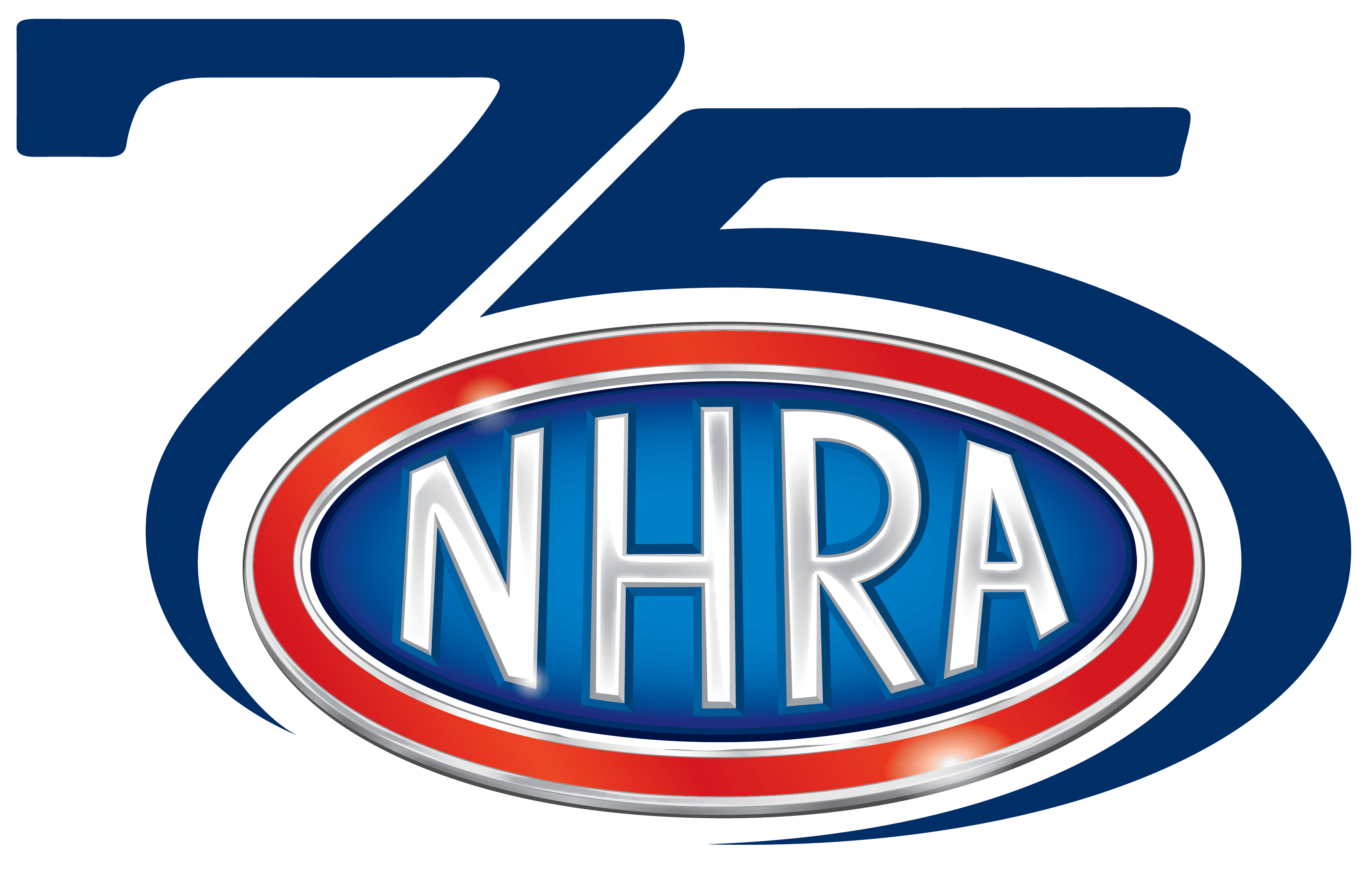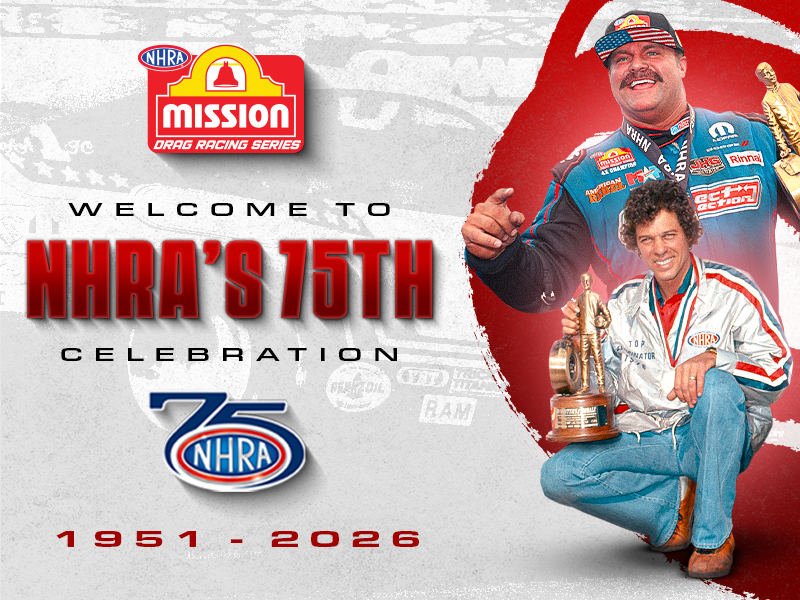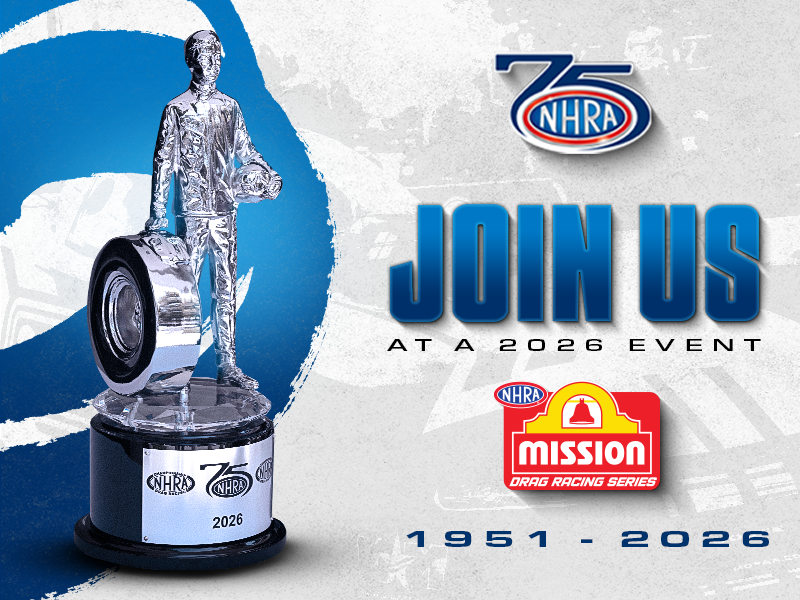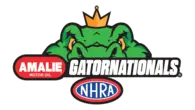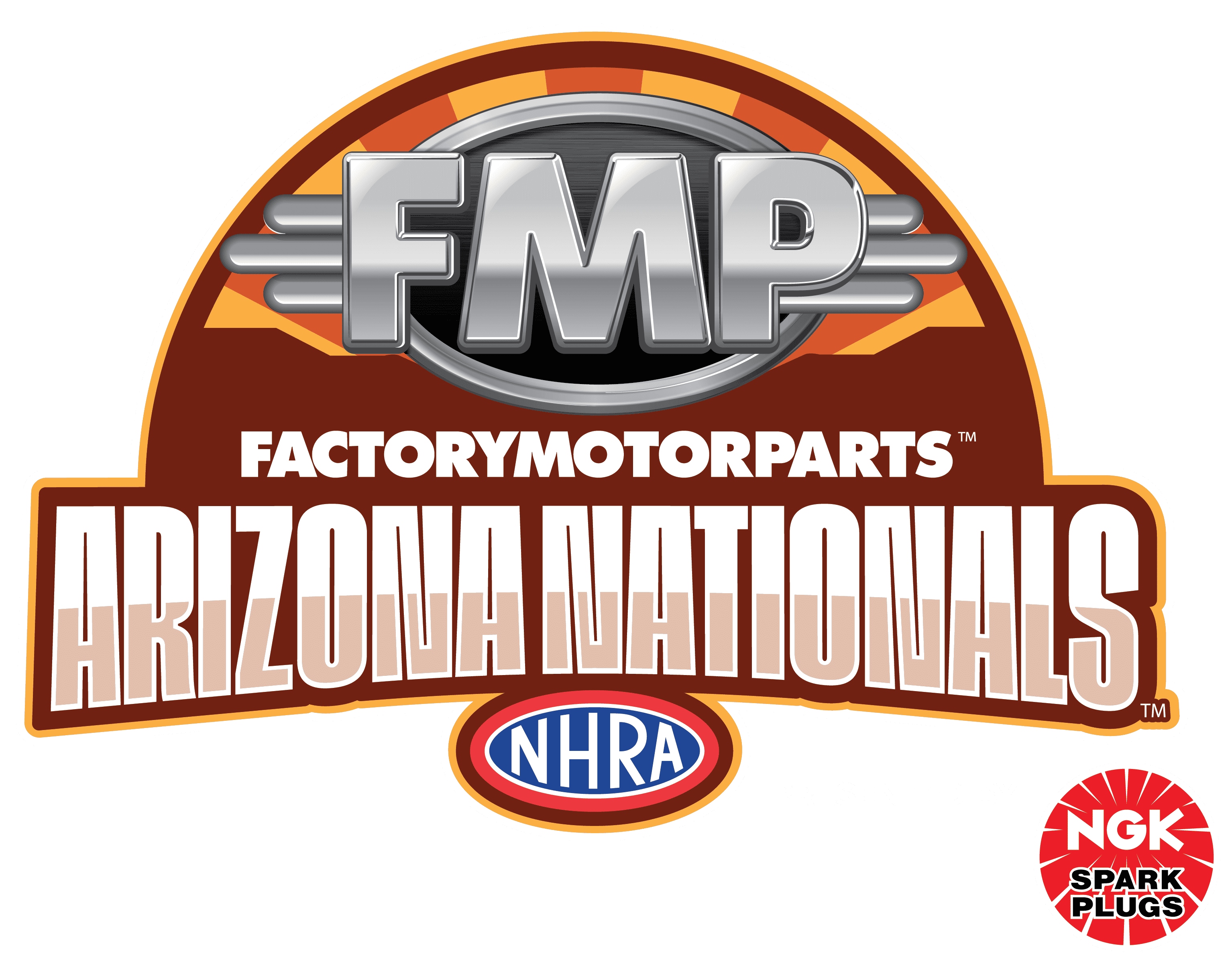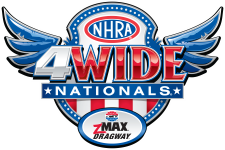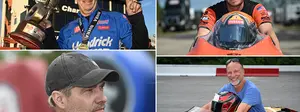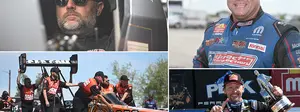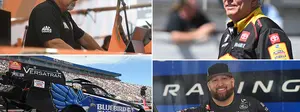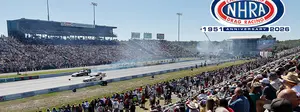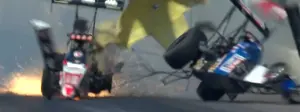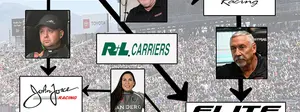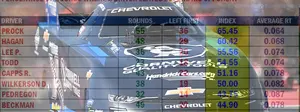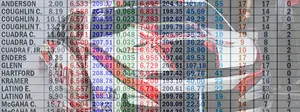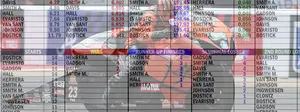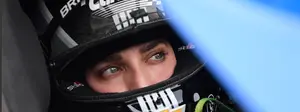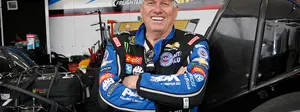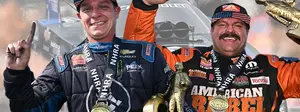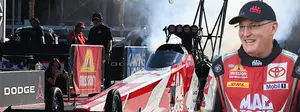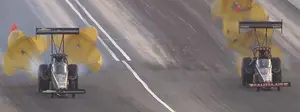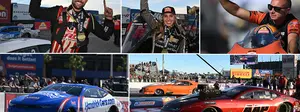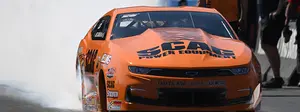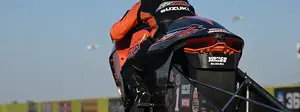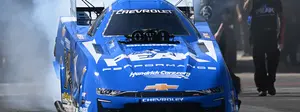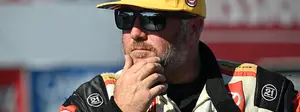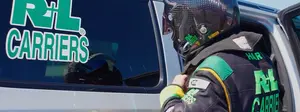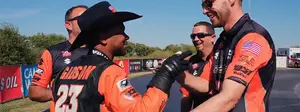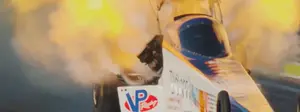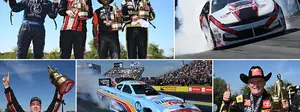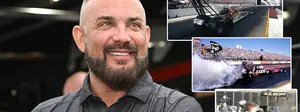Unusual conditions have nitro crew chiefs digging into logbooks for tune-ups
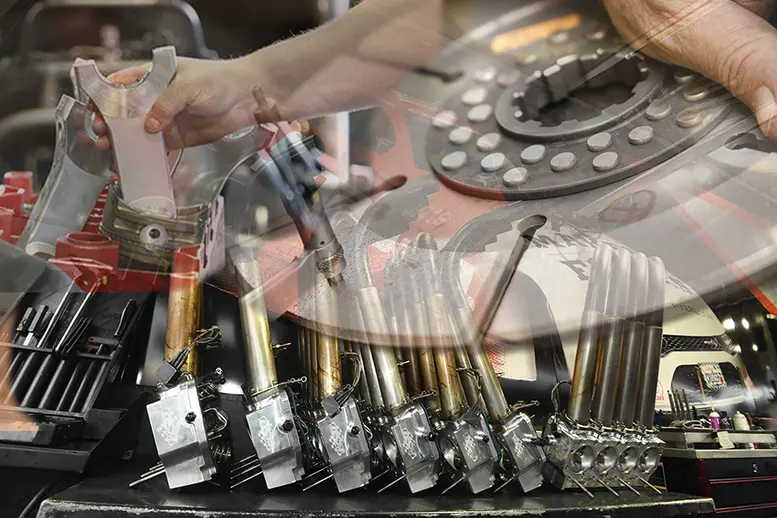
The Amalie Motor Oil NHRA Gatornationals is one of the biggest events on the NHRA Camping World Drag Racing Series, but for Top Fuel and Funny Car crew chiefs, it’s also sometimes the trickiest as shifting weather makes for a moving target, and never it been so true as this year.
Teams lost their opening shot Friday due to rain, and overnight storms stripped off much of the rubber that had accumulated. Now, plunging temperatures from an incoming cold front along with a steadily-dropping water-grains percentages (the number of grains of water per pound of air) have crew chiefs diving into the data backlogs for just the right combination.
“With as fast as it’s changing today, you have to plan for what it’s actually going to be when we get up there,” said Jim Oberhofer, crew chief on Paul Lee’s Funny Car. “It's just going to continue to get colder, and the water grains are going to drop.”
The math that’s required is sometimes stunning as crew chiefs know that colder air is denser (and with less water) and when that’s rammed into the engines by the superchargers, you can build too much static compression, which can lead to all sorts of carnage.

Teams are hauling out their thickest head gaskets –- right around .120-inch compared to the normal .080 or .090 they might run –- to keep the compression down, and also trimming back blower boost, nitro percentage, and timing. Some teams have even been milling their pistons down to lower the compression. Teams can only run so thick of a head gasket because the thicker they are, the harder they are to clamp, making burned head gaskets a real worry.
“What you want to do is when you put the engine together, you want to lead it enough with gaskets to make sure you're not completely over center when you get up there,” Oberhofer continued. “You don’t want too much static compression, so you make other adjustments -- take off blower and timing, nitro percentage. But it's just a guessing game when you get big swings. It’s gonna be challenging, but for me, the most challenging part can be the racetrack. Top Fuel will run first and put down some rubber, but it's not like everything will be fixed by the time the Funny Cars run. It’s gonna be dicey.”

To that end, the NHRA Safety Sfarari presented by Simpson has been hard at work on the track all morning, putting down rubber and sticky rosin powder to aid traction for the 11,000-horsepower behemoths. Factory Stock and the Top Alcohol classes will precede the nitro cars.
Tim Wilkerson knows how tempestuous the Gainesville weather can be, and comes prepared.
“We come here with different rods and pistons and biggest heads we got,” Wilkerson said. “I prepare for this place. I just trick the engine every way I can, trick the clutch into thinking it’s got the same motor in front of it that it always has.
“And it’s not just today. It’s going to get colder overnight, and I bet the altimeter drops 300 or 400 feet tonight with the cold front coming.”
Even the best planning doesn’t secure success due to the finicky nature of nitro cars.
“Who knows,” said Oberhofer. “We may go up there and everything is fine. I tell everybody that crew chiefs are like weathermen, and the weathermen are only right like 25% of the time, and that’s the way crew chiefs are, too.”
